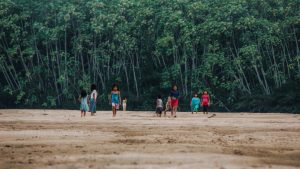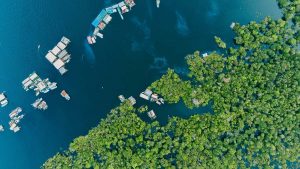Neocolonialism in Amazonian Ayahuasca Communities
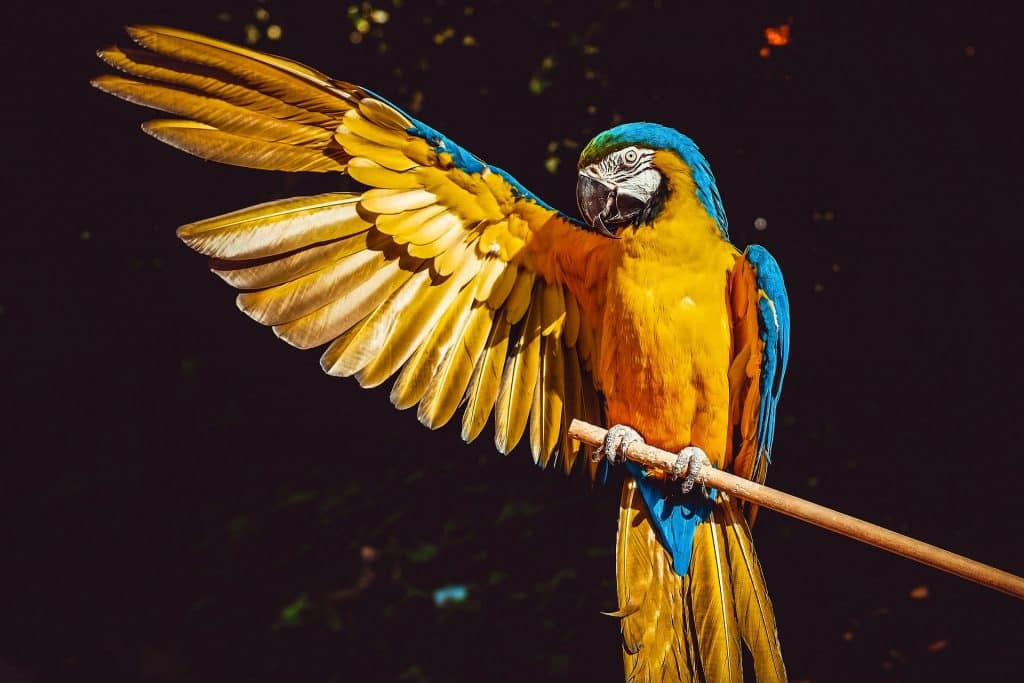
Imagine, if you will, a small community of locals in the Amazon. It’s the 1970s, there are no advanced electronics, money is not the main fuel of the society, and there is no tourism. The people go about their day, hunting, fishing, planting, harvesting, and enjoying the occasional communal rituals and festivities.
Sometimes, there are problems. Someone or something gets lost and can’t be found, the crops aren’t yielding well, game keeps eluding the hunters, or someone falls badly ill and needs assistance.
The shaman or medicine man/woman (curandero/curandera) is responsible to look into these cases. Drinking ayahuasca allows him or her to cross over into the spirit world and gain clairvoyance, heightened diagnostic intuition, and perform straight-up magic. They can find missing objects or people, learn who was behind a crime that recently took place, understand what causes an illness and how to treat it, communicate with ancestors and spirits, and devise hunting or agriculture strategies that benefit his community.
There is great reverence among the people for the shaman (and also some consternation due to the fact that they can, at any point, become a brujo (sorcerer) – willingly or not). It’s known that they spent years in isolation, dieting on ayahuasca and other medicinal plants and receiving wisdom, insight, and powers from the spirit world. This is what qualifies shamans to perform their jobs, and earns them the respect of their community.
As early records of ayahuasca use show, usually the shaman drinks the brew and crosses over to the spirit realm alone. This is their calling and what they trained for. Sometimes, though, they give the brew to their patients if they deem that purging and profound spiritual work are needed. And, in some cultures, sometimes the whole community will drink (usually a vine-only brew that doesn’t cause intense mystical states yet catalyzes connection and well-being) and indulge in social rituals such as song and dance, or functional tasks such as hunting. But, for the most part, the shaman drinks alone, with specific intentions which include healing, magic, and divination.
Sometimes, the shaman is very well known throughout the neighboring towns, and even areas far away from their community. They may specialize in a certain kind of healing, so some people may travel for days to come to them. The shaman houses these pilgrims and any other patients that need his help, and takes care of them until they are back to health. The shaman, of course, charges for this healing work and to cover the resources used for nurturing them. However, the shaman doesn’t charge exorbitant fees because their motivation isn’t capital gain – it’s doing the sacred work well.
The Clash of Cultures
Now, let’s fast forward four decades. The Westerners came one by one, curious about the potent hallucinogenic brew they heard was drunk by indigenous peoples. Their interest was primarily fueled by notable entheogen proponent Terence McKenna, who spoke widely and with contagious enthusiasm about the mystical concoction which induces DMT-like experiences lasting for many hours.
Most of the visitors weren’t ill and didn’t need the shamans’ healing services; they were adventurers who wanted visions and spiritual growth. They also weren’t trained to commune with the spirits of the jungle and the ancestors like the curanderos who underwent years of dieting with the plants. But they wanted to see what the shamans see, and to evolve into better humans.
The shamans were happy for their visit and curiosity, and gladly shared their sacred medicine. And, because the Westerners wanted visions, the curanderos would prepare for them the brew with generous doses of DMT admixture plants, foregoing the vine-only brews that were normally served to the general, healthy population. Researcher Gayle Highpine discussed the Western-engendered demotion of the B. caapi vine in favor of the more spectacular DMT ingredients in her seminal work Unraveling the Mystery of the Origin of Ayahuasca:
“[Terence] McKenna popularized the idea that Banisteriopsis caapi had no other role in an Ayahuasca brew except to make the DMT orally active. […] Ayahuasca became, by definition, ‘orally active DMT.’ […] The preeminence of the Ayahuasca vine in the indigenous Amazonian world became the elephant in the living room of Ayahuasca studies, with a tacit agreement to pretend it doesn’t exist.”
So the shamans poured ayahuasca, and the delighted Westerners spread the good word to even more of their Western friends, while some even went on to export and serve the brew outside the Amazon, banking on their ceremony experiences as if they qualified them to facilitate (or be shamans). A number of gringos stayed and learned with the shamans, making the Amazon their home and those from the new waves of incoming visitors their clients and patients. Ayahuasca slowly became a big draw of venturing to the Amazon, competing with rainforest nature and wildlife tours.
Benny Shannon described this development in his famous book Antipodes of the Mind: Charting the Phenomenology of the Ayahuasca Experience:
“[…] in recent years various contexts of Ayahuasca use especially catering to Europeans and North Americans have opened up. These include traditional Ayahuasca sessions especially administered to tourists visiting the Amazon region as well as the so-called shamanistic excursions and psychological workshops directed by Westerners in which Ayahuasca is administered. Somewhat unofficially, some similar activities are now conducted outside of South America.”
Shannon’s book was published in 2003, which is why he uses the term “tradition” with some gravity. Almost two decades have passed since then, during which the landscape of ayahuasca tourism kept on changing. The notion of tradition has gradually dissolved and left us wondering if there ever was such a thing.
As they appropriated elements of the local culture and plant medicine, the gringos also introduced some Western products and concepts into the indigenous universe. Some of those, such as electronic devices, alcohol, pop culture, and the capitalist mindsets of accumulation, exploitation and class division, would end up being especially damaging to the locals.
Learn how you can decolonize your own plant medicine practice with our free workbook – click here!
The Collaterals of Ayahuasca Commercialization
As the brew spread throughout the world, Western influence spread throughout the Amazon. Pop culture and instant gratification, which came with technological advances, became all-consuming distractions for the younger generations, while the older ones got hit harder by the alcoholism epidemic.
The influx of money and the shift to the perspective of its accumulation being a goal inevitably influenced the ethics of some of the locals. The youth would often not have the patience nor desire to continue the line of shamanic training their elders underwent because it meant sacrificing years of their lives to do something they could do right away. Ethnobotanist Steve Beyer poignantly portrays these notions by quoting a string of native shamans’ disclosures of disappointment in his legendary publication Singing to the Plants: A Guide to Mestizo Shamanism in the Upper Amazon:
“Don Mauricio Fasabi Apuela, a shaman from Lamas in San Martin, is willing to take on young people as apprentices in ayahuasca shamanism. He has had no takers. ‘I have no disciples here, just me,’ he says. ‘In the end they prefer the girls.’ Shaman Casimiro Izurieta Cevallos explains, ‘Youngsters today don’t have the same curiosity.’ Don Mauricio agrees: ‘The youth of today don’t want to learn.’ Don Guillermo Arrevala concurs: ‘To function in this world of shamanism… demands a certain measure of discipline, to live within the rules. Young indigenous people in these times don’t want to get involved in these studies… They prefer not to submit themselves to that type of strenuous apprenticeship.’”
Meanwhile, problems have been emerging on an even greater scale, quite literally impacting the very fabric of the native peoples’ environment. As the expanding needs of giant Western corporations for resources initiated the large-scale exploitation of the Amazon, populations of the impacted areas were forced to leave their homes in the rainforest and head to bigger towns. Many found adjustment difficult, and had to resort to various kinds of survival tactics, one of which was working in tourism. Ayahuasca was emerging as a lucrative choice.
The Western visitors didn’t always care enough about whether the person posing as a shaman actually has the powers and wisdom he ought to. They mostly cared about drinking good-tasting medicine that delivers strong visions with an authentic-looking local. And that’s mostly what they got. Vegetalismo, a form of neo-shamanism focusing on spiritual betterment needs of clients rather than medicinal healing of patients, emerged to meet this growing need. With roots in indigenous practices, vegetalismo is practiced mostly by the mestizo population in ayahuasca tourist hotspots in Peru. Its history is thoroughly described in Luis Luna’s doctoral dissertation Vegetalismo: Shamanism among the Mestizo population of the Peruvian Amazon.
Unfortunately, not all those who would tout themselves as powerful vegetalistas/curanderos/shamans/ayahuasqueros were, and are, pouring ayahuasca from a true desire to help and heal. Some are in it for the money; their powers null, their ceremony management dismal, the brews they serve of dubious quality and safety, and their harm reduction skills more suitable for covering up accidents than providing competent medical assistance.
Others just masquerade as healers, but are in fact brujos, poised to intoxicate and “steal the souls of tourists in order to get more power.” Even the shamans who enjoy excellent reputations with the locals can sometimes secretly be practicing dark magic.
All this corruption had space to take root due to the tendencies of the Western mentality to fetishize indigenous cultures and undervalue everything, including complex mystical experiences and the centuries of tradition that surround their occurrence. In the words of Glenn H. Shepard Jr, prefacing one of the most important cultural discussions on ayahuasca shamanism and the clash of indigenous and Western cultures The World Ayahuasca Diaspora: Reinventions and controversies:
“Who would have ever imagined that ayahuasca, the enigmatic jungle potion William S. Burroughs once referred to as ‘the secret’ and whose very botanical identity was a matter of debate through the mid-twentieth century would, within a matter of decades, become a household (or at least, yoga-mat) word; […] But by the time Lindsay Lohan confides to a reality TV host in April of 2015 that ayahuasca helped her ‘let go of past things… it was intense,’ Burroughs’s ‘final fix’ has finally entered the realm of cliché.”
The Industry Was Co-constructed
It would be paternalistic to claim that the Westerners brought nothing but chaos and corruption to the indigenous communities, romanticizing them as unsullied and diminishing or even discounting their agency in the process. The indigenous are humans just like the rest of us; and as humans, we are susceptible to greed, vices, and taking advantage of easy opportunities for personal gain. Shamans and locals would get corrupted way before the arrival of Westerners, too; the dark sorcery of brujos and petty or high crimes have always been part of the Amazon. So has the monetization of shamanic services.
Still, the transformation that came with tourism was rapid, poorly managed, and unsustainable, and it exacerbated massive spiritual degradation in the local population. Eventually, with the introduction of Western medicine, many indigenous people also pivoted away from traditional plant healing to quick fixes which cheap and always available pharmaceuticals offer. This trend, along with the general lack of desire of the younger generations to continue the true line of shamanic healing, keeps contributing to the loss of indigenous knowledge and tradition.
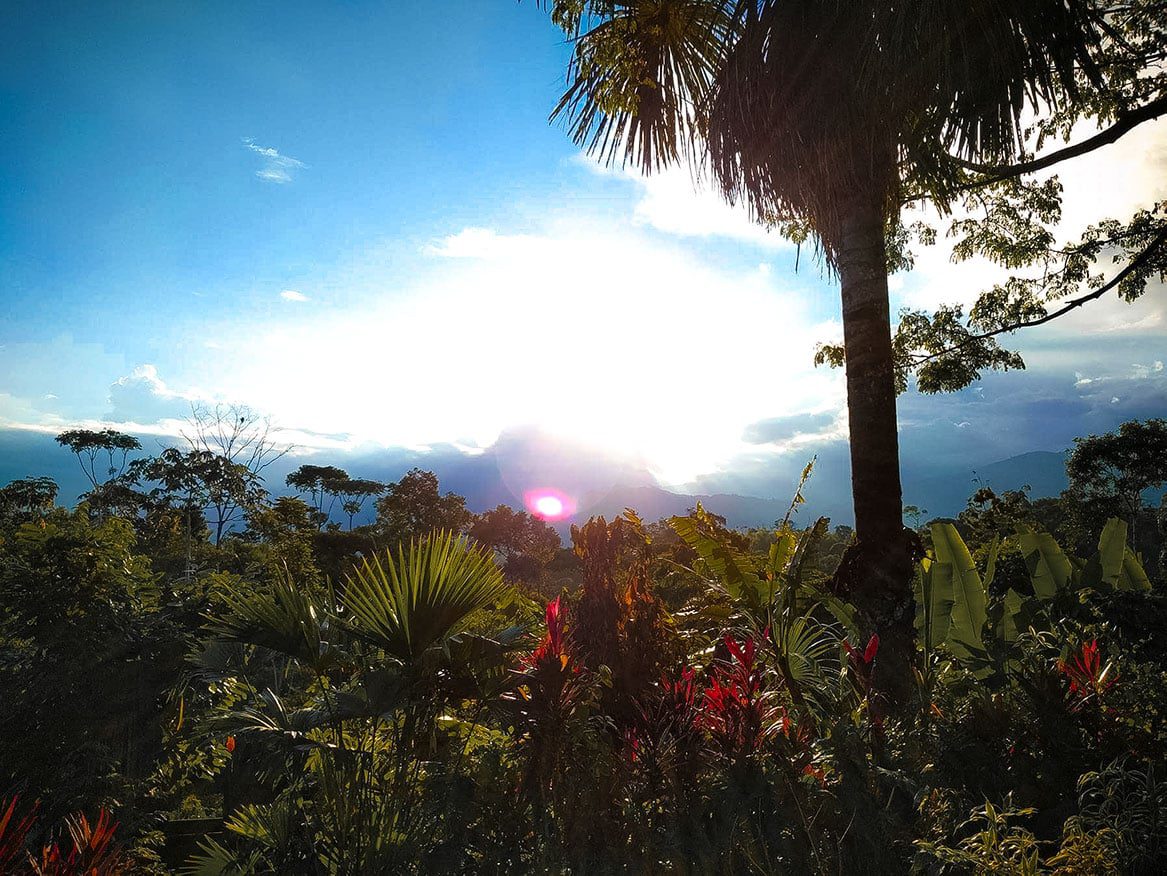 Photo: Xavier Francuski
Photo: Xavier Francuski
Meanwhile, as ayahuasca tourists flocked in, retreat centers started sprouting up, run both by locals and gringos, competing for the same market share. Of course, with higher capital, better amenities, more thorough safety procedures, and more Western-minded service, the gringo-run ones quickly established themselves as the leaders of the ayahuasca tourism industry. Long-time shaman Victor Cauper Gonzales from Pucallpa, Peru commented on this matter in his interview with Vice:
“It’s an industry now. Westerners realized there’s money to be made. A lot of the retreat centers are Western-run. This is, in a way, similar to illegal mining. They come and steal our ancient wisdom and sell it for profit. When I first started, ayahuasca was all about healing people. It used to be about diagnosing the illness and helping people to improve. But now there are companies commercialising this and completely contaminating the culture of ayahuasca. Even worse, there are shaman training programs. People come, sign up to a course, take a few workshops, maybe get a certificate, and call themselves a shaman. Then they go on to treat people. This is extremely dangerous. You cannot be a shaman in two weeks. Can you imagine a doctor operating on someone without any knowledge and proper equipment?”
Some of the gringos with curanderismo ambitions stayed in the Amazon, either undergoing real shamanic training, serving the brew only on account of their experience in ceremony, or something in between. Many of them, however, either returned home and started facilitating ceremonies there, became touring shamans, or opened up shop in another country with lax regulations, such as Costa Rica.
Indigenous and mestizo shamans would, too, be invited to hold ayahuasca ceremonies in various countries, unknowingly perpetuating the fetishization of native cultures in some of their clients whose countries they visit and who were/are unable to go and experience the Amazon. These ideas of shamanism, along with the abundance of information available in a multitude of channels, form the Western idea of what shamanism is, to which it ultimately conforms. In his brilliant doctoral thesis on the impacts of the ayahuasca tourism boom in Peru, Joshua Homan describes this interdependent process:
“Influenced by popular media and non-traditional media, such as blogs, forums and chats, Western peoples have constructed an idea of what shamanism entails and who practices it. This imaginary shamanism plays a prominent role in the construction of shamanic practice and aesthetics. As discourses emanate from the West, these shamans, especially those who work with tourists, both assume and reify the image that is constructed by this imaginary. This in turn creates a feedback loop, as the image of the Other is broadcast to the shamans of Amazonia, which is then integrated and aesthetically donned, only to be re-broadcast to the Other once again.”
Finally, aside from the neo-shamanism torches carried by indigenous, mestizo, and gringo ayahuasqueros both in South America and throughout the world, there is also an emerging flame of neo-neo-shamanism propagated mainly by gringos. Jacks of all holistic trades, these self-proclaimed ayahuasqueros, often with some ceremony experience and a lack of any shamanic training, incorporate various extraneous elements, such as yogic practices, sacred geometry, or contemporary music, into their ayahuasca sessions.
One thing is as certain as it’s always been – ayahuasca “traditions” are constantly changing.
Uncertain Times
We find ourselves in a time when ayahuasca is being consumed en masse, in part by the myriad retreat centers which are now operating, and partly by the rest of the world to which it’s being exported in bulk.
This leads us to the question – is ayahuasca use sustainable?
The major shift in the culture of ayahuasca use that transpired over the last few decades seems to have stabilized in a way: retreat centers are well established, visitors are much more aware of the potential risks associated, and most trustworthy facilitators and shamans are listed on online retreat search engines. Still, with the traction ayahuasca still has in the public eye, the tourism industry aspect steadily grows as more and more people from all over the world feel drawn to drink the visionary brew.
The natural supplies of accessible ayahuasca aren’t infinite, and harvest pressure is known to have led to significant depletion in accessible areas surrounding epicenters of ayahuasca tourism. Before the onset of COVID-19, which effectively brought retreat activity throughout the Amazon to a halt, some have expressed concerns over whether ayahuasca vine extraction has crossed over into the realm of exploitation – specifically in popular hotspots in Peru.
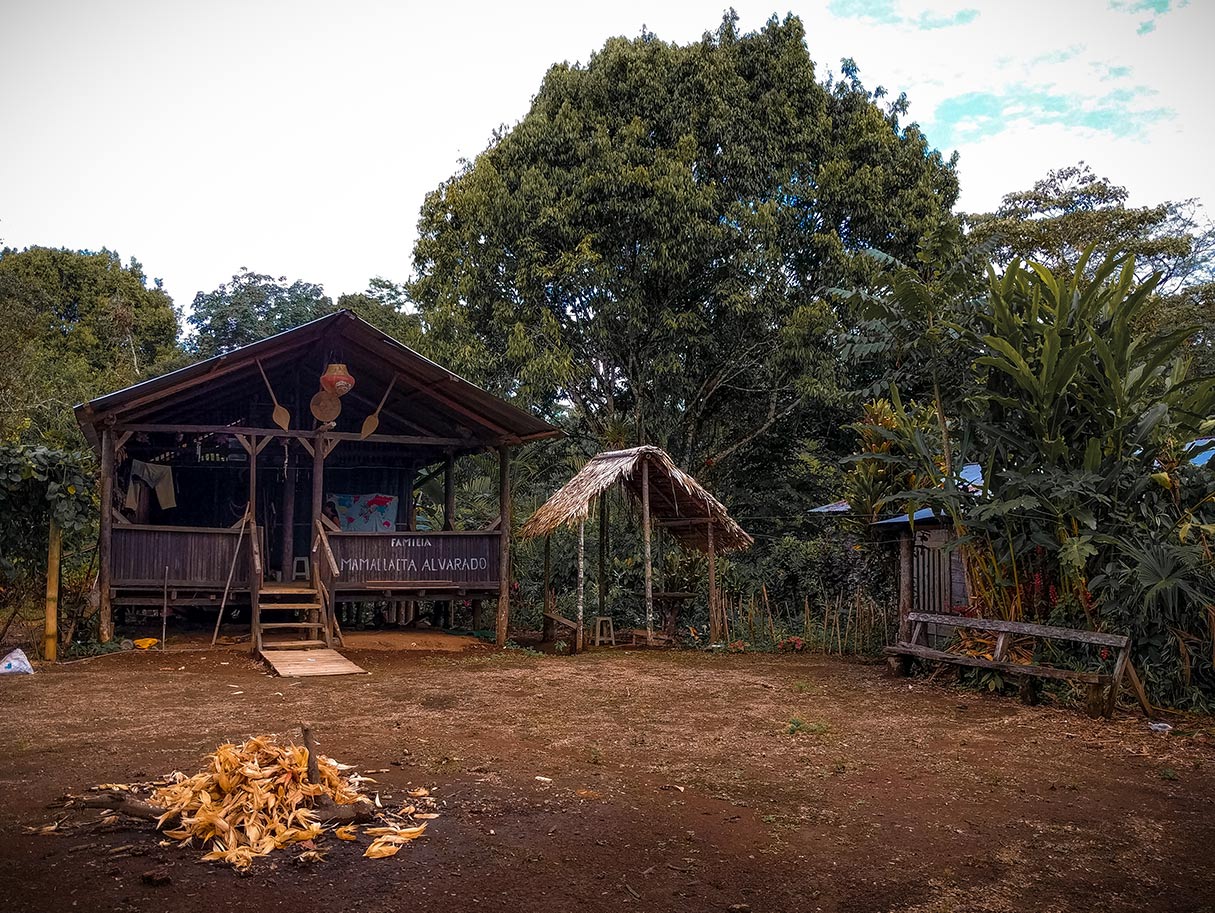 Empty ayahuasca retreat center. Photo: Xavier Francuski
Empty ayahuasca retreat center. Photo: Xavier Francuski
However, the long break in ceremonies offered by the pandemic, coupled with the cultivation efforts, which are being ramped up over the last decade, are contributing to the regeneration of both wild and cultivated B. caapi resources. Ayahuasca use reaching sustainable levels, even in areas with high activity, therefore, is an optimistic yet fathomable projection.
Still, ethnotourism in general, and especially ayahuasca tourism, occasions benefits from experiences served by the local communities, and therefore morally necessitates humility, appreciation, and reciprocation by the visitors. Giving back to the hosts whether in the form of: being mindful of, and pragmatic about sustainable and fair-trade vine use, contributing to B. caapi (and other medicinal plant) cultivation efforts, or supporting organizations fighting for indigenous rights and natural conservation, is the sacred duty of anyone privileged to experience the healing power of la medicina ancestral.
You are, therefore, encouraged to start a dialog with your preferred retreat center manager or ceremony facilitator about how you may contribute to the preservation of sacred culture and nature, and/or to take the initiative and support local regeneration movements such as the Ayahuasca Ayni or one of the organizations fighting for the conservation of Amazon culture and biodiversity, which you can learn about in our Sacred Reciprocity Resources section.

